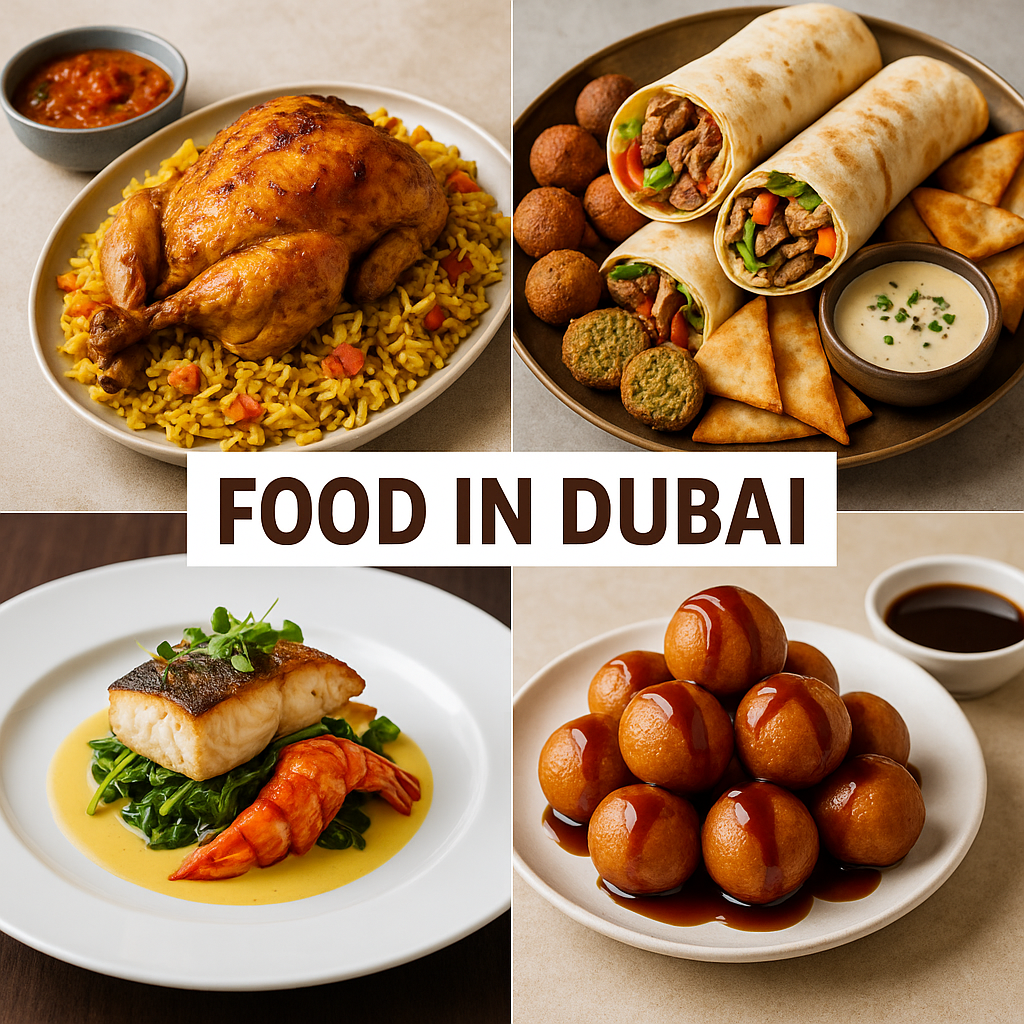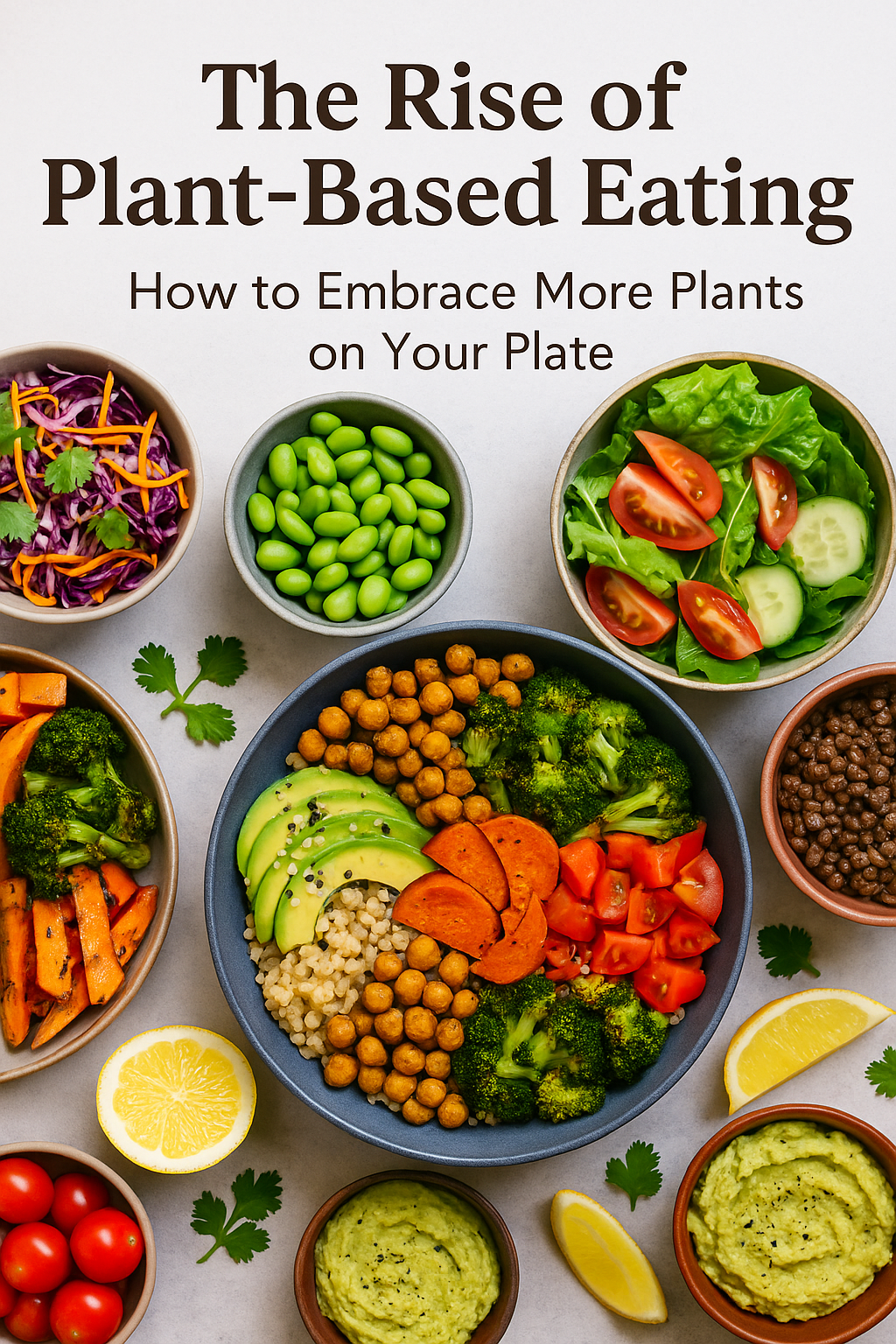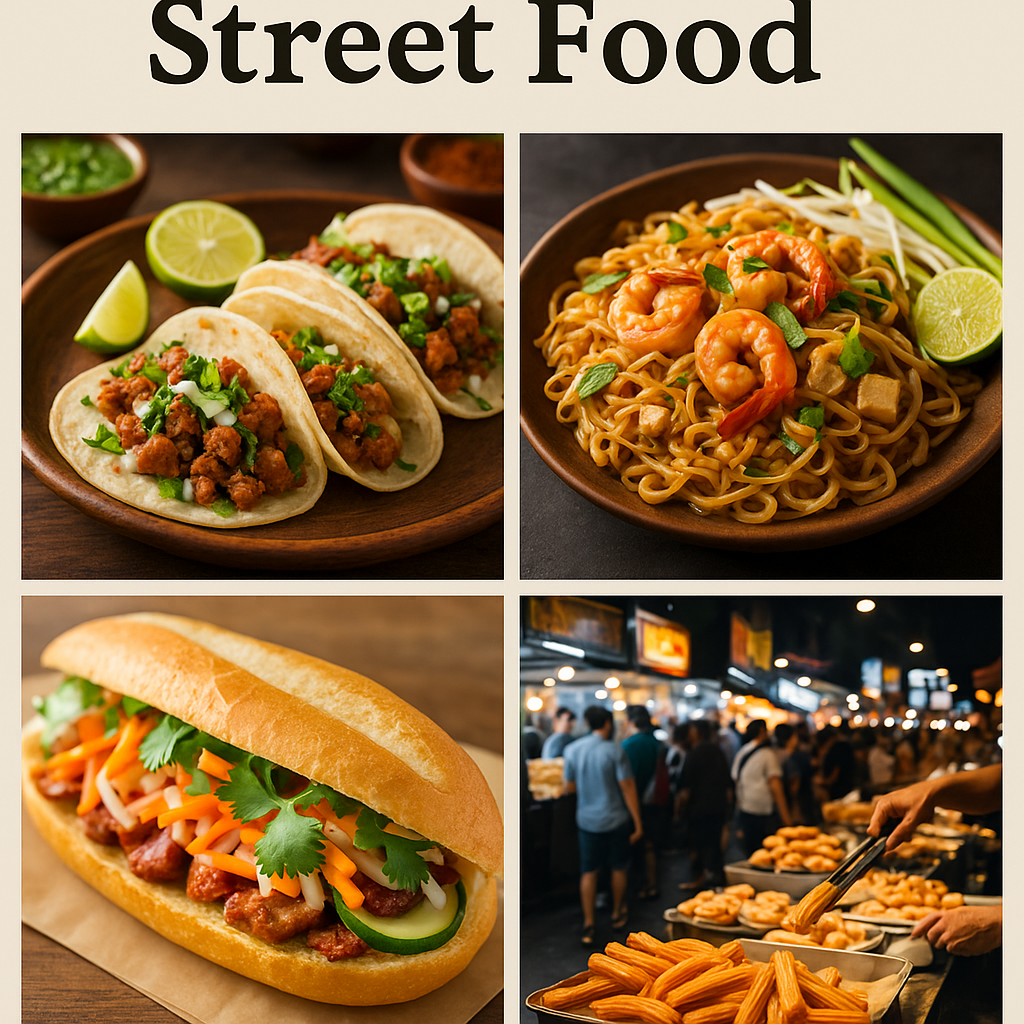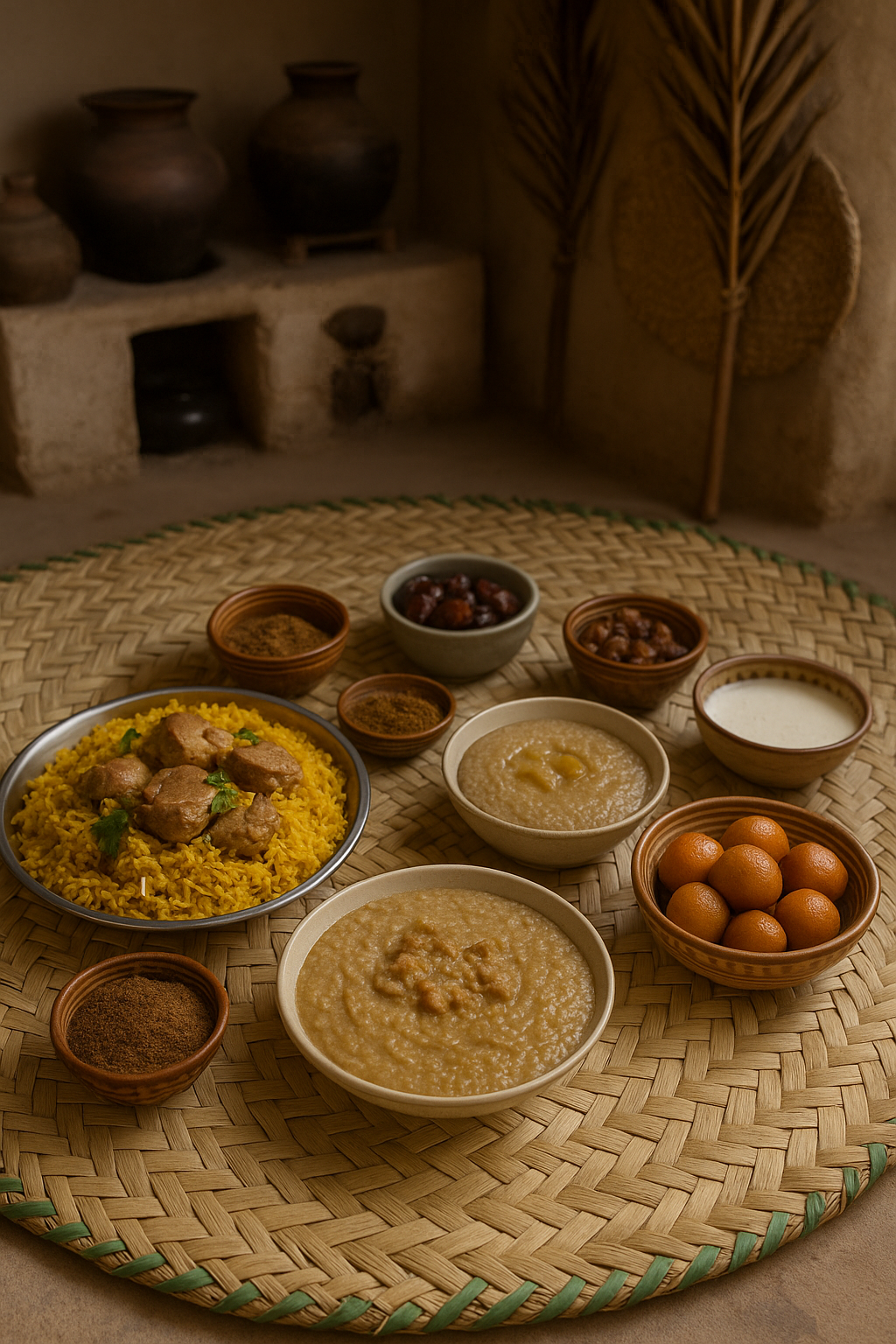
Discover the Authentic Taste of Dubai: A Culinary Heritage Unveiled
Dubai’s food culture is more than just luxury restaurants and global cuisines. Tucked away in its traditional kitchens lies a rich culinary history inspired by the nomadic Bedouins and traders from the East. Emirati cuisine is deeply rooted in ancient practices, making it a treasure trove for food lovers seeking authenticity.
Chef Uwe Micheel, a German who has called Dubai home since 1993, embarked on a mission to understand and document the food of his adopted country. Sparked by curious questions from hotel guests and his own desire to learn, he spent years exploring local markets, visiting Emirati homes, and uncovering recipes passed down through generations. “You cannot truly embrace a culture until you understand its food,” says Micheel.
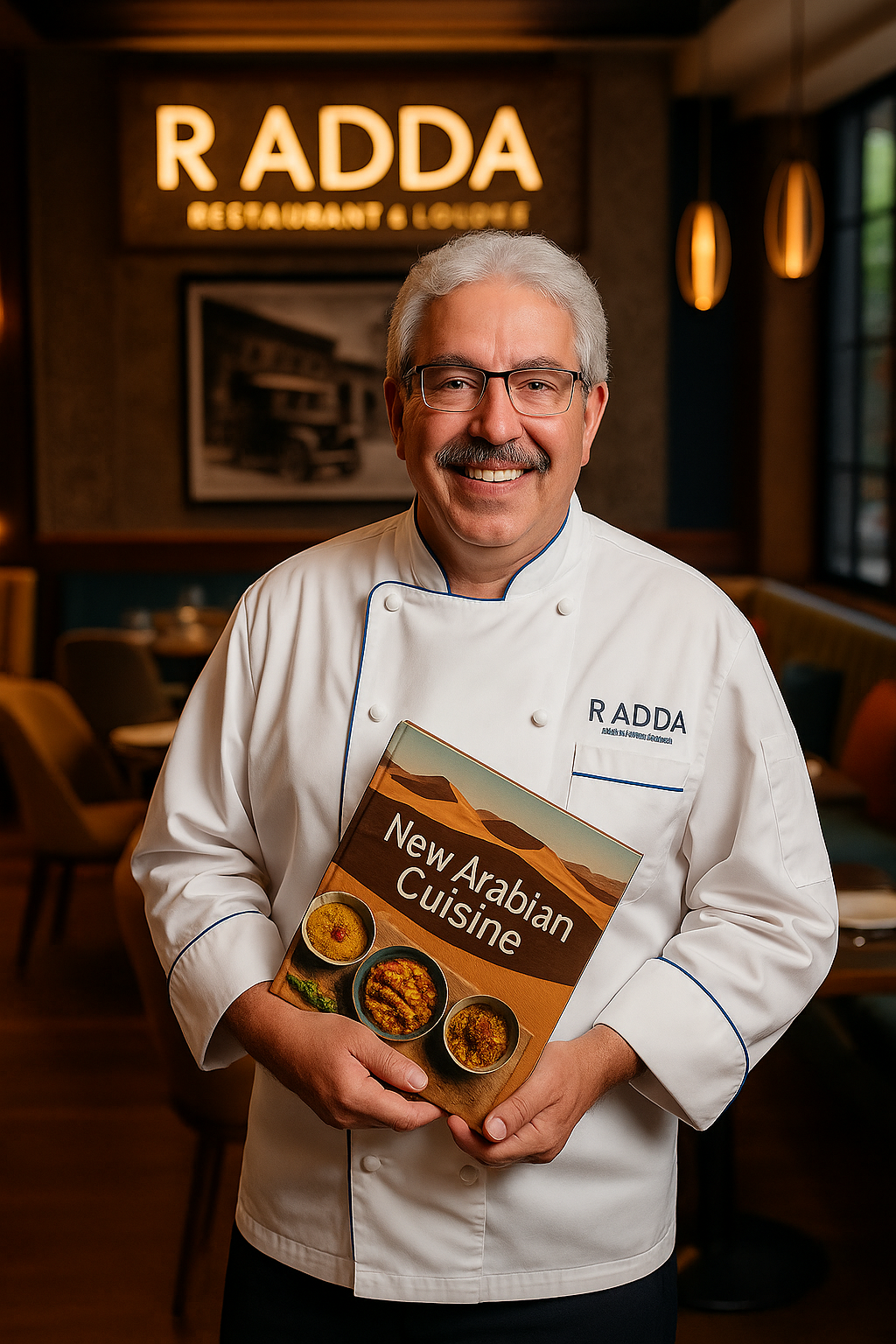
His journey led to the publication of Flavours of Dubai and the launch of Aseelah, the city’s first fine-dining restaurant dedicated to traditional Emirati cuisine.
Unlike most cuisines, Emirati dishes were traditionally prepared in homes, not restaurants. With no written recipes, knowledge was shared orally, often through the women of the household. These meals reflect a harmonious blend of influences from Asia and the Middle East—spices like turmeric, cumin, and dried lime—all shaped by the UAE’s trading past.
Historically, meals centered on ingredients like camel milk, dates, and fish from the Arabian Gulf. Preservation was key in the desert, so methods like drying and underground cooking were common. Inland communities favored camel and goat meat, while coastal dwellers relied on seafood.
Staples such as machboos (spiced rice with meat), harees (wheat porridge with meat), luqaimat (sweet dumplings), and balalit (sweet vermicelli with eggs) reflect this rich legacy. Signature spices are often combined into a family-specific mix known as bezar, used in almost every meal. Each household blends its version—some with just six spices, others with up to 14.
One unforgettable memory for Micheel was celebrating Eid with a local family. “We sat on the floor, ate with our hands, and shared dishes that looked simple but had extraordinary depth of flavor,” he recalls.
Signature seafood dishes like machboos made with hammour or shari fish and communal feasts featuring ouzi (lamb stuffed with rice, cooked underground) are mainstays of Emirati hospitality. Even fruits grown in backyard gardens—like dates, lemons, and pomelos—find their way into savory and sweet dishes.
Each Emirate adds its own twist to these traditions, making the cuisine incredibly diverse yet united by common roots.
Micheel’s message is clear: Emirati food deserves a place at the global culinary table, not just for its taste but for the cultural legacy it represents.
